The group conducts research in a wide range of areas from impacts on planetary bodies, spacecraft shielding, evolution of the solar system, comets and asteroid studies, star and planet formation, structure and dynamics of the of the Milky Way, studies of astronomical jets and outflows on all scales, and cosmology. We use a a mix of experimentation, observation and numerical simulations in all of these areas.
Centre for astrophysics and planetary science
Featured story
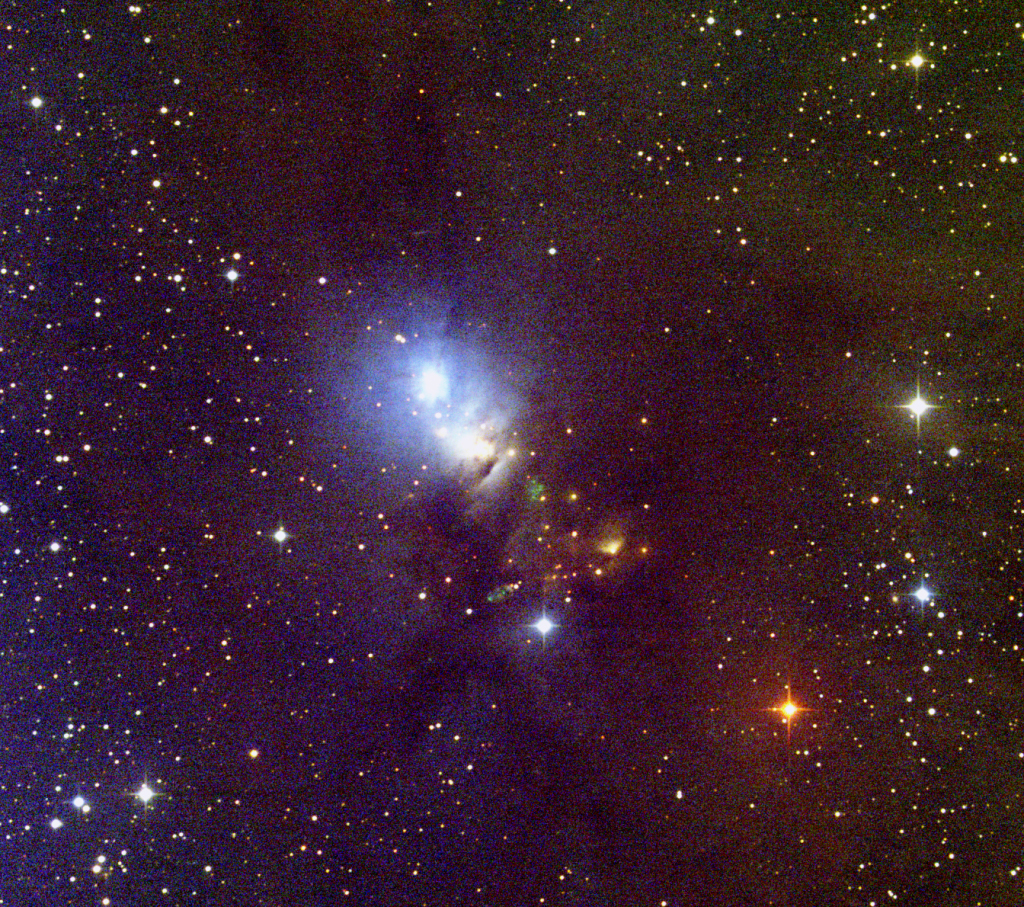

Hypervelocity Impacts
Solar System objects collide violently due to their motion leading to high relative speeds. These are often at greater than a few kms. Impacts at such speeds are termed hypervelocity and cause unusual degrees of damage.
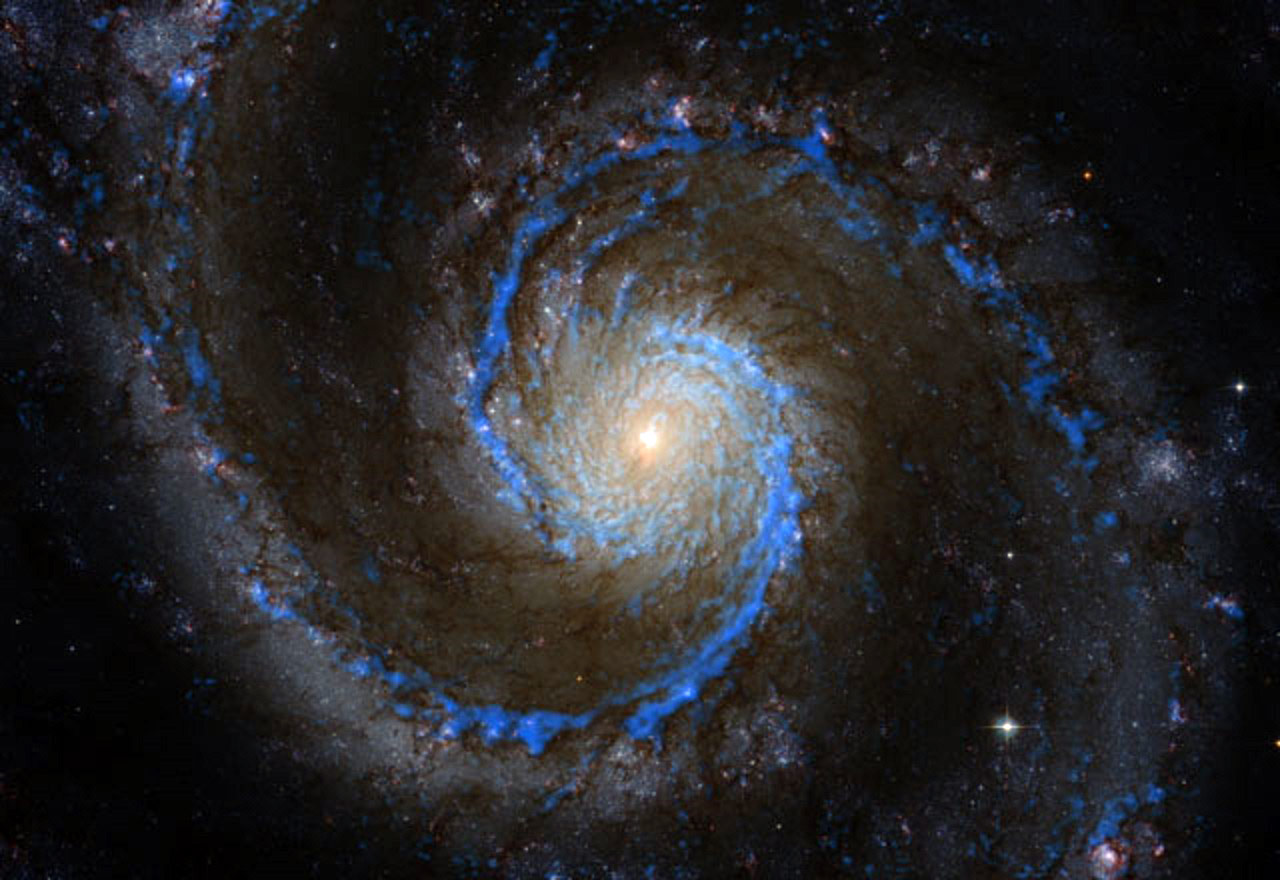
Star clusters as building blocks of our galaxy
We are determining ages, metallicities, reddening and distances for our recently obtained large, homogeneous and luminosity limited sample of star clusters in the Galactic Plane.
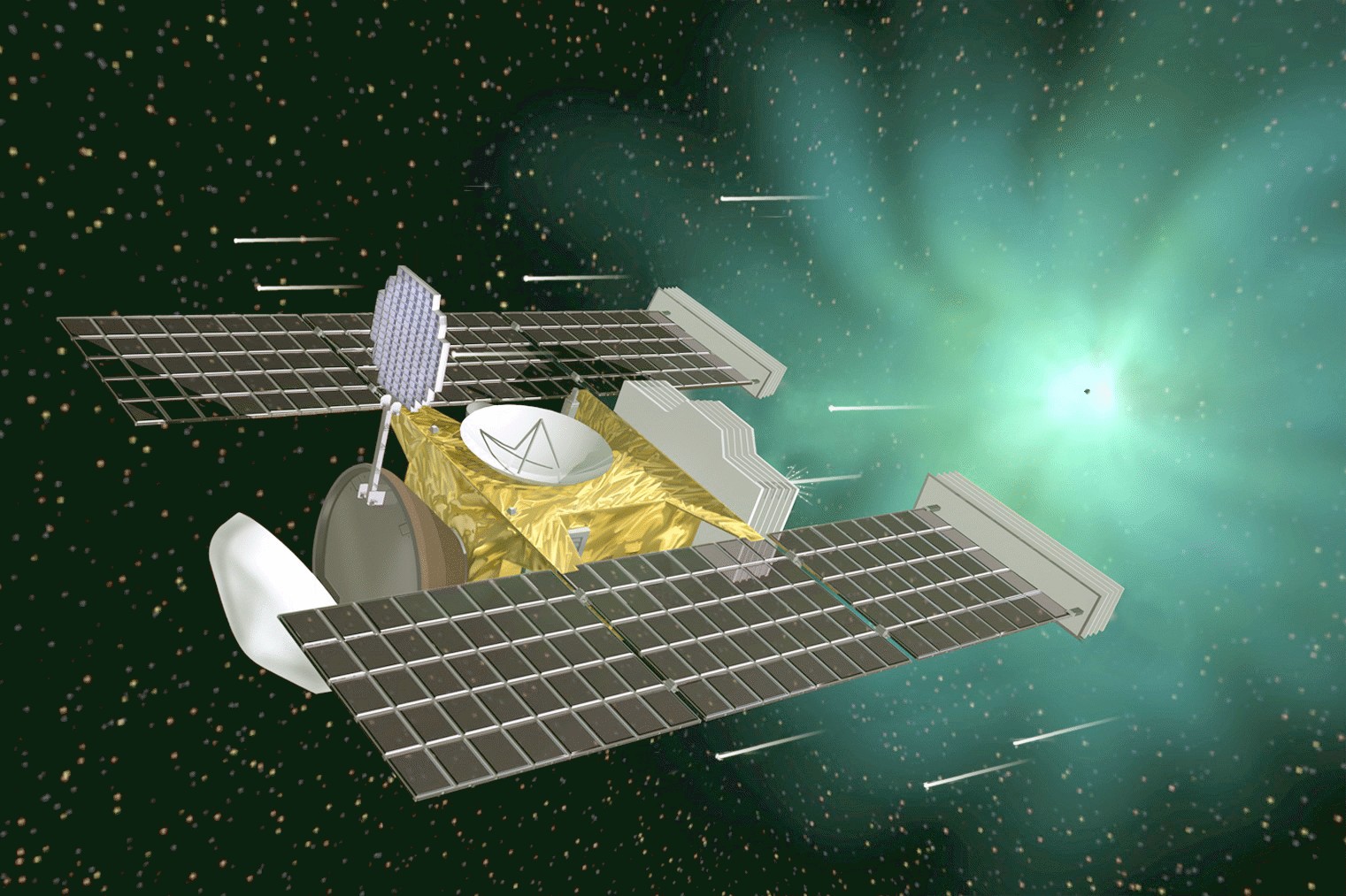
Stardust
Stardust was a NASA space mission which collected cometary dust from comet 81P/Wild 2 and returned it to Earth for analysis. The mission also collected interplanetary and interstellar dust during its flight.
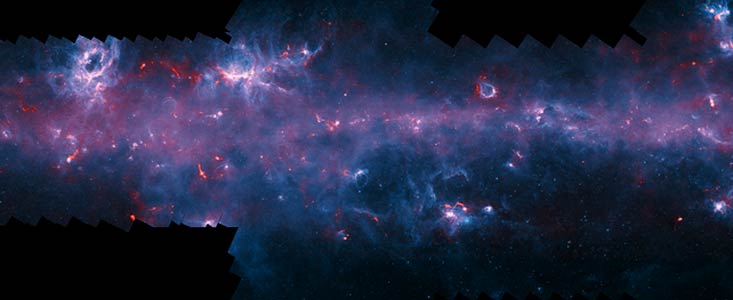
Massive star formation
The underlying physical processes involved in the formation of massive stars are still poorly defined and this presents a major hurdle in understanding galaxy formation and evolution.
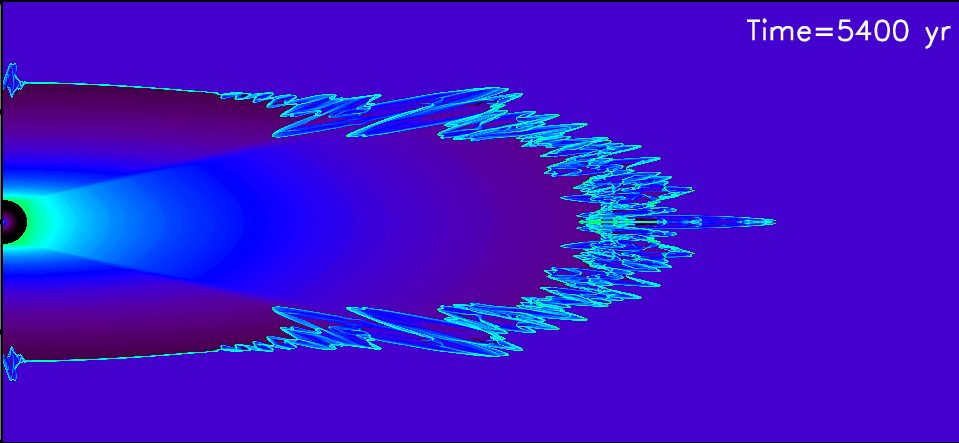
Theoretical astrophysics
Computer simulations of a range of astrophysical phenomena are performed in the Centre. Supersonic flow, shock waves, jets and turbulence are simulated and compared to observations. The computer algorithms are adapted to provide unique interpretations.
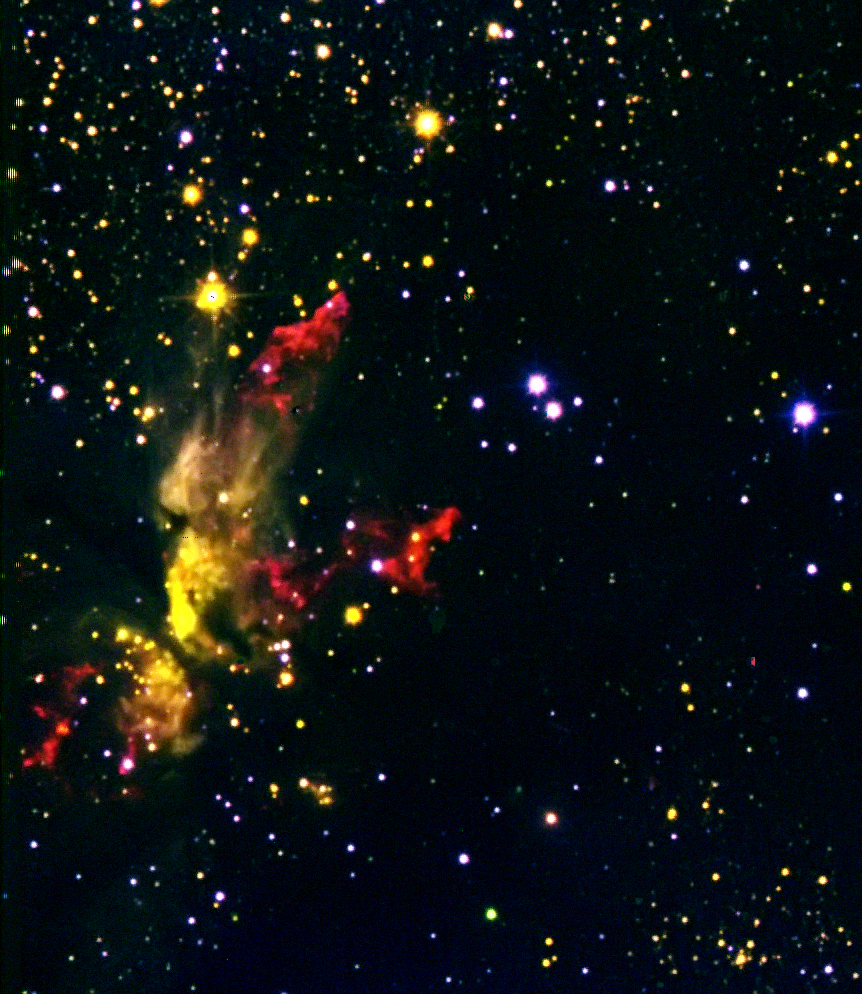
Molecular hydrogen outflows from young stars
The formation of low and high mass stars is governed by accretion processes. However, these objects do not only accrete mass, but they also eject large amounts of material in jets, outflows and winds.
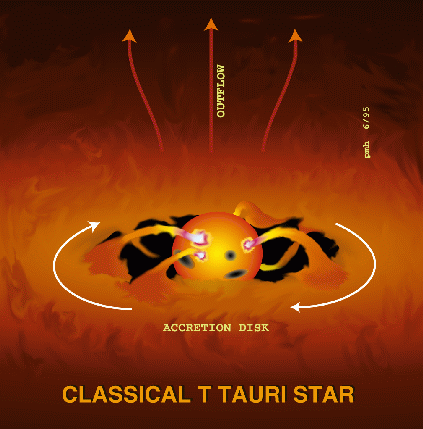
Study of the variability of young stars
Young forming stars vary in brightness on various timescales and amplitudes. Investigating these variations at different wavelengths does allow us to infer the physical reasons for the variability.